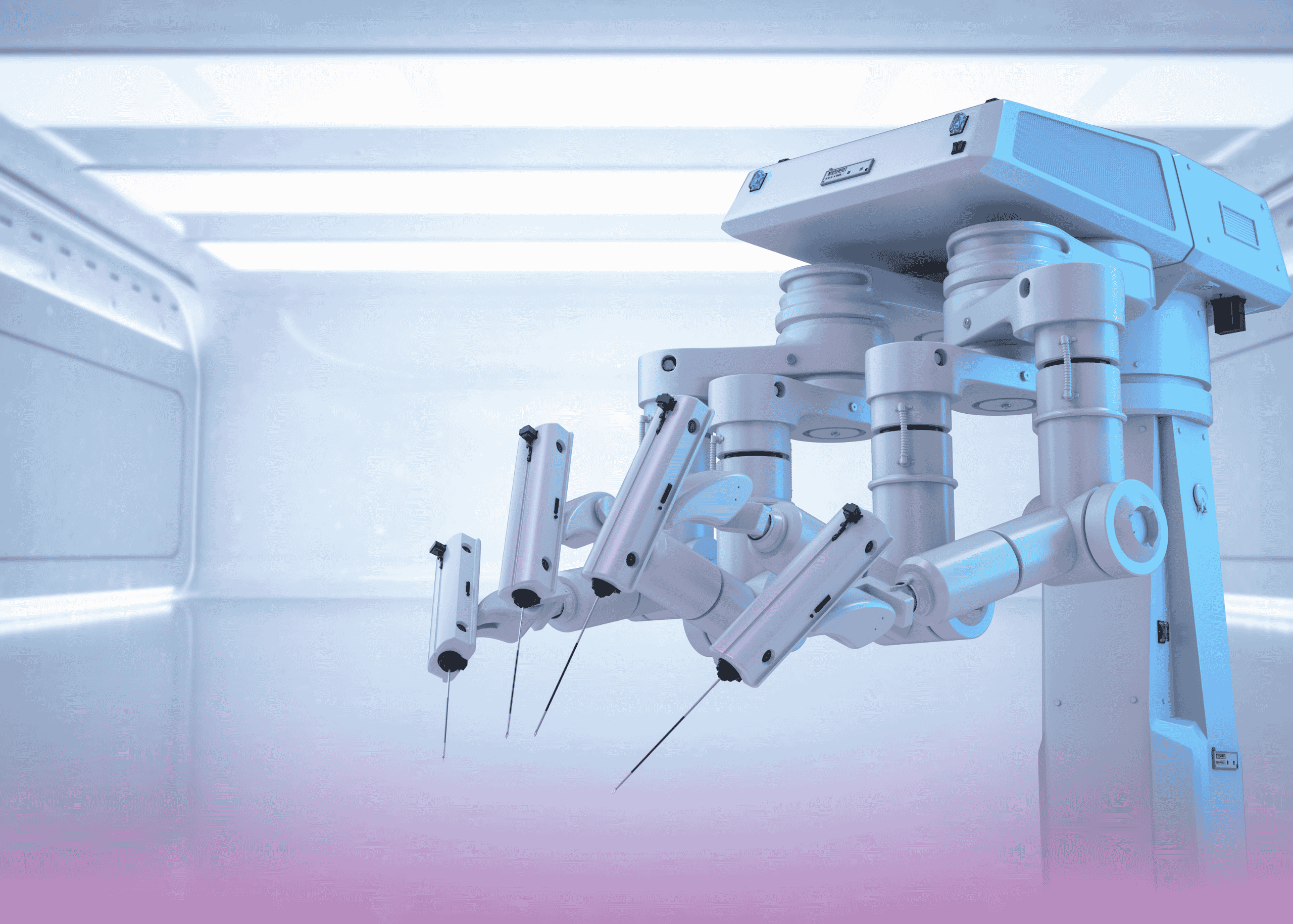A Groundbreaking Surgical Procedure in the UAE
Burjeel Medical City (BMC) has successfully performed the UAE’s first totally robotic three-stage esophagectomy with pharyngo-gastric reconstruction, marking a significant milestone in the country’s advanced surgical capabilities. This innovative procedure, conducted by Dr. Ali Ayoob, HOD & Consultant Gastrointestinal Surgery at Burjeel Medical City, demonstrates the hospital’s commitment to providing cutting-edge surgical solutions for complex cases.
The Patient’s Journey
The case involved a 34-year-old woman who had undergone total radical thyroidectomy and lymph node dissection for locally advanced papillary carcinoma thyroid at another hospital. During the initial surgery, she experienced an intraoperative esophageal injury on the right lateral wall at the level of the pharynx, which was immediately addressed with primary suturing.
However, complications arose when the patient developed leakage of oral fluids through the drain site on the fourth day after surgery. Despite conservative management with nasogastric tube (NGT) aspiration, nothing by mouth (NPO) protocol, and antibiotic therapy, the esophageal leak persisted. The patient also developed mediastinitis and pleural effusion, further complicating her condition.
With evidence of a significant and persistent esophageal leak confirmed by contrast CT of the neck, she was transferred to Burjeel Medical City for specialized surgical care. Additionally, the patient was dealing with right vocal cord palsy and hypocalcemia as a result of her previous surgery.
Initial Surgical Intervention
Upon arrival at BMC, the patient underwent neck exploration surgery on October 28, 2023. The procedure included:
- Upper GI endoscopy
- Laparoscopy-assisted retrograde endoscopy
- Neck wound exploration
- Closure of the pharyngeal defect
- Closure of the distal cut margin of the esophagus
- Laparoscopic feeding jejunostomy
Following this intervention, the patient was discharged in stable condition with a plan for definitive surgery to reconstruct her swallowing pathway. During this recovery period, she received treatment with calcium supplements and Eltroxin (levothyroxine).
A subsequent CT scan of the neck and laryngoscopy revealed a completely stenotic esophageal inlet, requiring a high pharyngeal anastomosis—a particularly challenging surgical scenario.
The Groundbreaking Robotic Procedure
After thorough discussion in a multidisciplinary team meeting, the decision was made to proceed with definitive surgery. On January 3, 2024, the patient underwent the landmark procedure, which included:
- Robotic mobilization of the intrathoracic esophagus
- Robotic mobilization of the gastric tube in the abdomen
- Formation of a gastric conduit, which was transported to the neck through the posterior mediastinum
- Neck exploration from the right side with resection of the previously stenosed esophagus
- Exposure of the pharyngeal wall on the right posterolateral aspect (right pyriform fossa)
- Creation of a pharyngo-gastric end-to-side handsewn anastomosis
- Placement of a nasogastric tube through the anastomosis to the stomach
The Surgical Challenge
The procedure represented a significant technical challenge for several reasons:
“We have been performing esophageal reconstruction in the neck for a long time, but reconstruction of the swallowing pathway high up in the neck onto the pharynx is a real challenging situation,” explains Dr. Ali Ayoob. “High reconstruction is usually done with removal of the larynx, but here surgery is done sparing the larynx.”
What makes this case particularly noteworthy is that while the surgical team had extensive experience with video-assisted thoracoscopic (VAT) esophagectomy, this marked the first time that the da Vinci Robot was used for esophagectomy via the thorax and gastric conduit formation in the UAE.
Benefits of Robotic Surgery for Complex Procedures
The use of robotic technology in such a complex procedure offers several advantages:
- Enhanced precision: The robotic system provides surgeons with greater dexterity and precision, particularly valuable when operating in anatomically challenging areas like the neck and thorax.
- Improved visualization: The high-definition, 3D visualization allows for better identification of critical structures during the procedure.
- Minimally invasive approach: Despite the complexity of the surgery, the robotic approach typically results in smaller incisions, potentially leading to faster recovery.
- Better outcomes for challenging reconstructions: The robotic system’s capabilities are particularly beneficial for complex reconstructions such as the pharyngo-gastric anastomosis performed in this case.
A Testament to Advanced Surgical Capabilities
This groundbreaking procedure demonstrates the advanced level of surgical expertise and technological capabilities available at Burjeel Medical City. It also highlights the importance of multidisciplinary collaboration in managing complex cases, as evidenced by the comprehensive care provided to this patient from initial evaluation through to definitive treatment.
The successful performance of the UAE’s first totally robotic three-stage esophagectomy with pharyngo-gastric reconstruction represents not just a milestone for the hospital, but for the entire healthcare landscape of the UAE.


